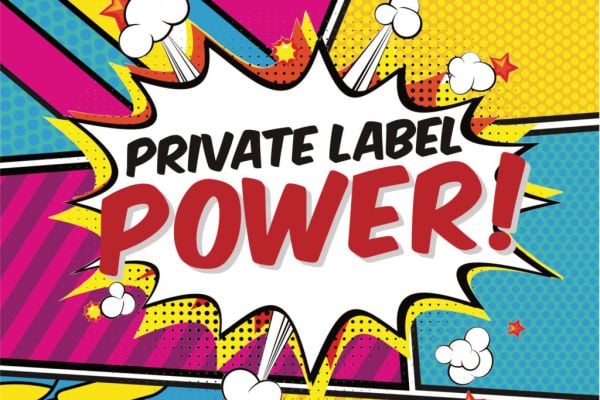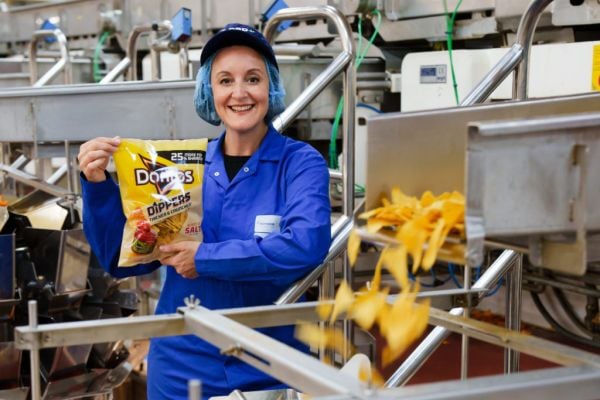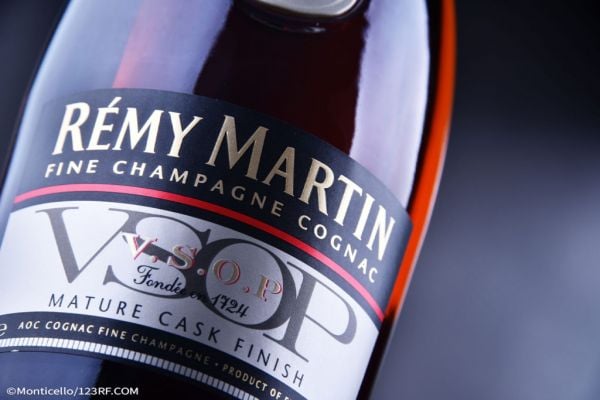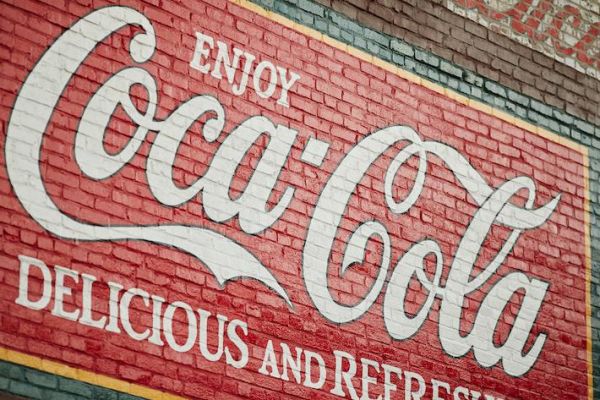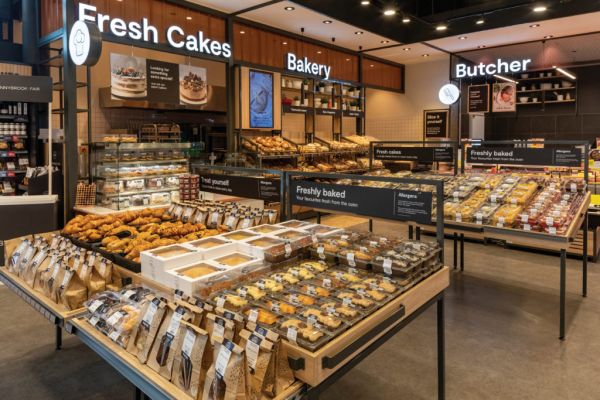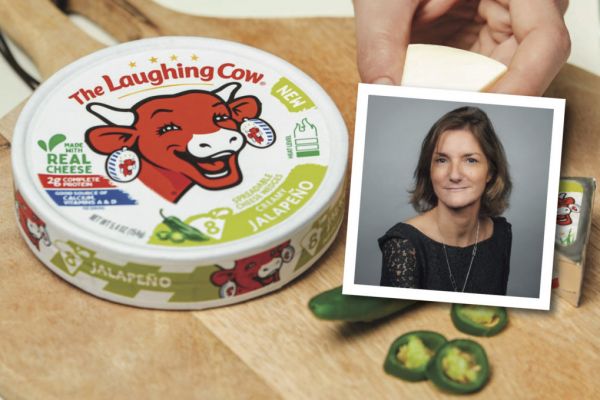ESM takes a deep dive into Circana’s data to assess the current performance and future growth prospects for store brands across Europe. This article first appeared in ESM's May/June 2024 edition.
Private label continues to be a game-changer in the European grocery marketplace, and looks set to be a key feature of grocery volume growth in 2024, according to recent data from Circana, particularly as the effects of the cost-of-living crisis continue to linger.
In the MAT period to February 2024, private labels increased their promoted volume share across all channels – up 68% in the discounters, 36% in hypermarkets and 25% in supermarkets – utilising a time-honoured strategy often employed by brands to drive volume sales.
As Circana noted in a recent report, private labels have ‘fired the starting gun’ on promotions as they seek to boost volume, and it’s up to branded manufacturers to double down on innovation, shopper activation and brand experience as they seek to battle back.
We dive into Circana’s data to look at some of the factors driving private-label sales growth across Europe, as well as some of the emerging trends that retailers have adopted as integral components of their store brand development strategies.
Value Sales
Let’s start by taking a look at the value sales performance of private label last year, across the six markets evaluated by Circana [MAT ending December 2023], France, Germany, Italy, the Netherlands, Spain, and the UK.
Across all markets, total private-label sales stood at €258.1 billion last year. Chilled & Fresh was the biggest private-label category by value sales (€105.3 billion), followed by Ambient, at €66.3 billion, Frozen, at €22.0 billion, and Household, at €18.2 billion.
Additionally, the Drinks category reported €15.8 billion in private-label sales, while Alcohol and Personal Care generated €11.7 billion and €5.9 billion, respectively. Confectionery and Pet Food reported €5.8 billion and €4.2 billion in private-label sales, respectively, while Baby Non-Food accounted for €1.6 billion. Pet Non-Food and Baby Food saw sales of €0.8 billion and €0.4 billion, respectively.
Given the continued adoption of private-label products by consumers, coupled with a high-cost environment that pushed prices up, it’s no surprise that value sales rose for store brands across all categories, with the total market seeing a 12.1% increase therein.
The biggest growth in value sales, in percentage terms, was in Baby Food, Pet Food and Confectionery, which saw growth rates of 17.6%, 16.4% and 16.2%, respectively. Ambient followed closely behind, with a 15.8% increase in value sales, while Frozen saw a 14.0% increase.
Pet Non-Food and Household saw increases of 13.7% and 10.9%, respectively, while Personal Care, Drinks, and Chilled & Fresh also posted double-digit value sales gains, of 10.7%, 10.5% and 10.4%, respectively. Baby Non-Food products saw more modest growth, of 8.1%, while Alcohol saw a 6.0% increase.
Unit Sales
When it comes to unit sales, overall private-label sales totalled 138.9 billion units in the six markets featured in Circana’s data. The Chilled & Fresh category accounted for the highest proportion of unit sales – 47.9 billion units – while Ambient saw 44.1 billion in unit sales.
Drinks and Household saw unit sales of 14.7 billion and 8.4 billion, respectively, while Frozen and Alcohol had unit sales of 7.5 billion and 4.6 billion, respectively. Confectionery reported 3.9 billion unit sales, followed by Personal Care (3.5 billion) and Pet Food (3.3 billion). Baby Non-Food and Baby Food had unit sales of 0.5 billion and 0.3 billion, respectively, while Pet Non-Food saw the lowest unit sales, at 0.2 billion.
In terms of unit sales growth, total private-label sales saw a 1.4% increase in 2023, according to Circana’s data. The Baby Food category saw the highest growth, in percentage terms, of 13.7%, with Personal Care up by 4.7%, followed by Ambient (2.6%) and Confectionery (2.2%).
Household saw a 2.1% increase in unit sales, followed by Pet Food (1.5%) and Pet Non-Food (1.2%), while Chilled & Fresh and Frozen each saw a slight increase of 0.7% in unit sales. Baby Non-Food products experienced a more modest increase of 0.3%. Conversely, Alcohol and Drinks saw slight declines in unit sales, with decreases of -0.1% and -1.0%, respectively.
Triple Threat
According to Ananda Roy, senior vice-president of global thought leadership and strategic insight at Circana, private-label growth has been driven by several factors that underpin the growing complexity of the store brand landscape.
While it is true to say that private label has played a role in attracting shoppers looking for more affordable options, particularly during the recent cost-of-living crisis, private labels, in many cases, no longer aim to be the cheapest on display, adjusting their prices to match inflationary trends seen in national brands.
In addition, innovation is playing an increasingly important role when it comes to private label, with retailers tapping into underserved or emerging segments with their own-brand offerings.
“Within private label, you’re seeing more variety, quality and sustainability – traits typically associated with branded products,” says Roy. “In coffee, for example, you’ll find a variety of blends and roasts. In alcohol, you’re seeing artisanal beers and world beers, while in ice cream, you’ll find indulgent, premium variants, such as salted caramel.”
As Roy notes, retailers excel at pinpointing areas of opportunity within their store assortment and are more agile than brands in responding to market trends and consumer preferences.
“Retailers are very good at identifying where the demand is, and the underlying driver of that demand,” he says, “so if they find there is a certain category or segment which is being underserved – wholefoods and free-from foods are good examples – they can respond with new-product innovations.
“At a time when many categories have seen a reduction in new-product launches, retailers have been very disciplined in terms of expanding their private-label portfolios.”
Private-Label Provenance
One area in which many European retailers – particularly the discounters – have been particularly adept in recent years is in promoting provenance and authenticity, once the preserve of high-end, specialist brands. With private label, retailers can offer authentic, regionally sourced products without charging a premium, aimed at shoppers looking for a break from the norm.
“Most retailers source their private-label products from small to mid-sized manufacturers – and, by definition, these are, in many cases, not national brands,” says Roy, “but as well as offering an attractive price point, these suppliers are often family owned, or are associated with a particular region, so retailers are getting quite clever with their marketing.
“There was a time, if you were buying a can of tomatoes, you might say, ‘OK, this isn’t a brand I recognise – I’m not touching it,’ but now people are looking at the same product and they’re seeing messages about the family behind the product, the story of the region, of the farm. A previously unrecognisable brand that you had never heard of is now seen as authentic and acceptable.”
False Narrative
Contrary to common misconceptions, private labels are, in many cases, not being positioned in direct opposition to brands, according to Roy, who says that private labels complement brands by opening up new opportunities and enhancing the shopping experience.
“It’s a false narrative to suggest that private labels are pitched against brands,” he says. “Supermarkets need brands because brands drive value, image, equity and footfall, so retailers want brands to be successful.
“At the same time, private labels fill in the gaps, grow the category, widen the experience – as well as fight other private labels. Retailers use their private labels as a way of maintaining their footfall and their average basket size, and they’re constantly benchmarking themselves against their competitors. One of the things I say to my brand clients is to stop talking about ‘combatting’ private labels. Instead, talk about ‘competing with’ private labels. That’s where the narrative needs to go.”
In addition, far from being guarded, many brand owners are increasingly open about their private-label operations, effectively managing A-brand and store brand operations concurrently. Roy points to dairy firm Arla Foods, producer of one of the UK’s leading milk brands, Cravendale, while collaborating with several retailers on their own dairy ranges – a dual strategy that highlights the company’s flexibility in meeting diverse market demands.
“It’s an example of a brand that has a well-established, premium product, but also sees the value in supplying the entire market – because there’s business to be had,” says Roy. “Many big brands are beginning to realise that not only do you compete with private labels, but, in some segments, you may actually collaborate strategically with private labels.”
Data-Driven Decisions
Retailers have been gathering data on their customers’ shopping habits for years, and their ability to use data-driven insights to influence product development is writ large when it comes to private label.
By understanding shopper segmentation, purchasing habits and price sensitivity, retailers can not only optimise promotions based on regional preferences and demand elasticity, they can also develop bespoke pack sizes or alternative products to cater to specific demographics.
“A retailer might sell a 300-gram pack of bourbon biscuits in Cornwall, compared to a 400-gram pack in Liverpool, for example,” says Roy. “This is based on their consumption data, which indicates that in Liverpool, people want sharing packs, while in Cornwall, they buy for individual consumption.”
In addition, the advent of retail media is seeing retailers position themselves as planning partners for brands, utilising their data insights to achieve brand KPIs effectively.
“Retailers are already saying to big brands, ‘Don’t go to your media-planning agency. Tell me what your sales objective is, and I’ll plan a promotion strategy that works because I have the data,’” says Roy.
“That, to me, is a very compelling proposition. Not only are retailers using their data to identify underserved markets and growing segments with their private labels, they are also offering that data even to the brands because, ultimately, it’s a hypercompetitive retail market.”
Growth Agenda
In terms of the outlook for private-label sales in 2024, Roy notes that store brands saw a temporary decline in value sales earlier this year, following a sustained period of growth – a period of levelling-off that can be attributed to brands strategically fighting back.
Some may be focusing on price reductions or deep-dive promotions – “a zero-sum game,” according to Roy. “The moment you reduce prices, so does your competition, so where does that leave you? You may get a one-month advantage, but by that stage, everyone else has reduced their prices. So, reducing prices or overpromoting is not a good way to compete with private labels.”
More often, brands are seeking to recover the ground lost to private label through innovation, premiumisation, strategic collaboration, category expansion, and blurring category boundaries.
“There are certain things that private labels just won’t do because it’s not part of their business model,” says Roy, pointing to Ferrero Rocher’s recent entry into the everyday-indulgence segment and Heinz Ketchup’s recent, unexpected tie-up with Absolut Vodka. “By doing this, [Heinz] are demonstrating that they have the ability to play with an everyday essential like ketchup and open it up to a whole range of new flavour, taste combinations, and usage educations.”
As a result, the growth rate of 12% achieved last year is unlikely, with data from the first couple of months of the year indicating a likely growth rate of 10.1%.
“We don’t tend to make predictions this early in the year, but the likely trajectory is that we’ll see a levelling-off, and potentially a decline,” says Roy.
However, as recent periods have shown us, a lot can happen between now and the end of the year.
For more information on private-label trends, visit www.circana.com. This article first appeared in ESM's May/June 2024 edition.
